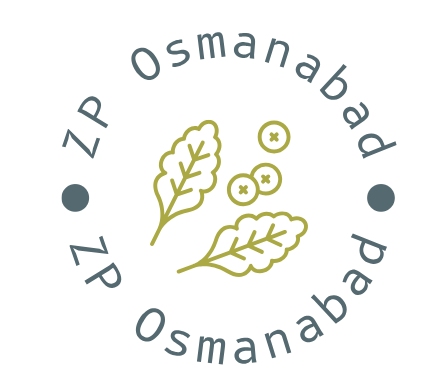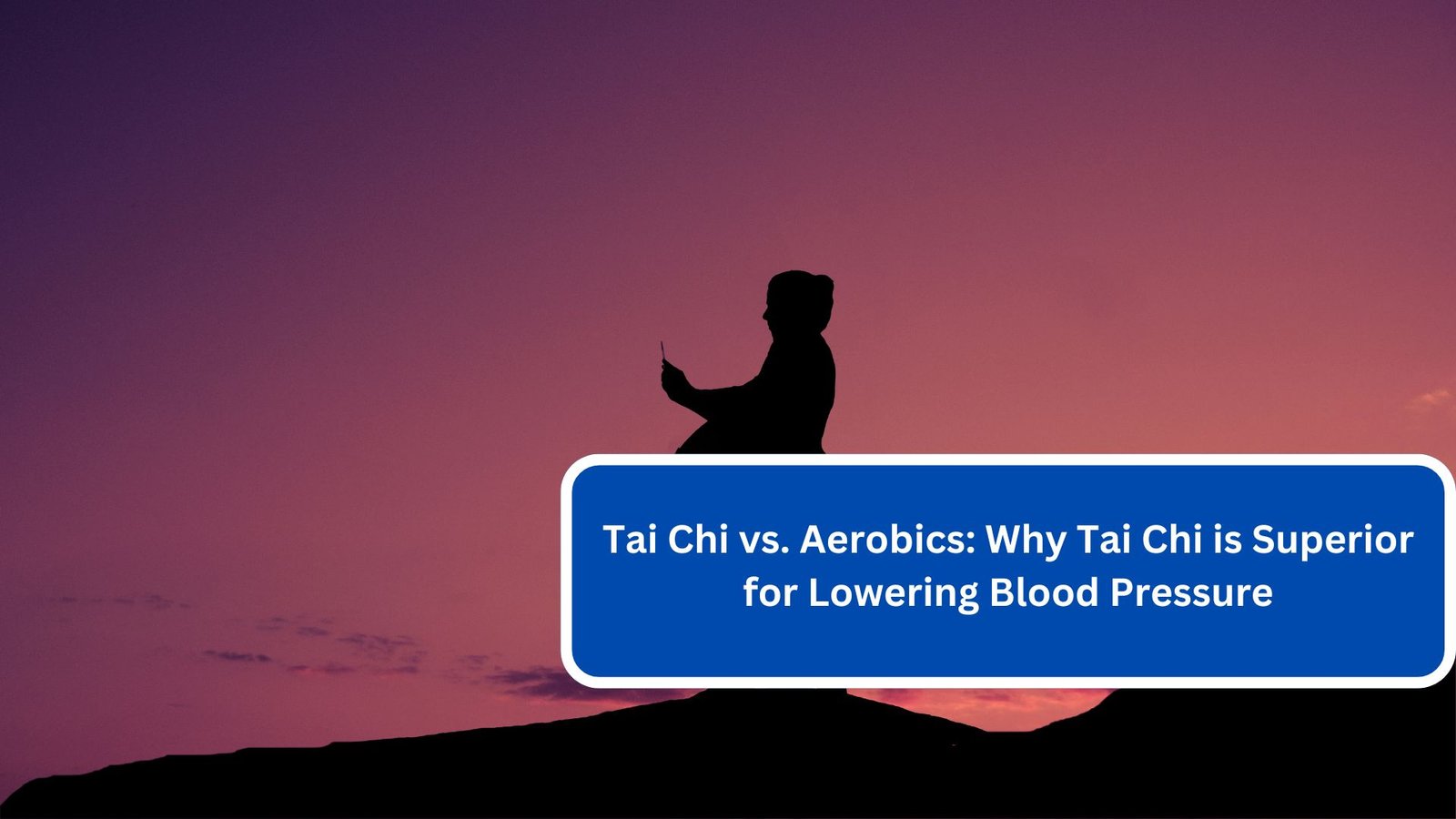Hypertension, or high blood pressure, is a common health issue that affects millions of people globally. It significantly increases the risk of heart disease, stroke, and kidney damage. As a result, finding effective ways to manage and reduce blood pressure is crucial for maintaining overall health. Among various lifestyle interventions, exercise stands out as a key factor in controlling blood pressure levels. Two popular forms of exercise are Tai Chi and traditional aerobics. While both can contribute positively to health, Tai Chi offers unique advantages that make it particularly effective for lowering blood pressure. This article explores the reasons why Tai Chi may be superior to aerobics in this context.
Understanding Hypertension
Hypertension is often referred to as the “silent killer” because it frequently presents no symptoms until severe complications arise. The primary contributors to high blood pressure include:
- Poor Diet: High sodium intake, lack of fruits and vegetables, and excessive alcohol consumption.
- Physical Inactivity: A sedentary lifestyle is a significant risk factor.
- Stress: Chronic stress can elevate blood pressure over time.
- Obesity: Excess weight can increase blood pressure.
- Genetics: A family history of hypertension can predispose individuals to the condition.
Managing blood pressure typically involves lifestyle changes, medication, or a combination of both. Regular physical activity, particularly, has been shown to have a profound impact on reducing hypertension.
The Benefits of Exercise for Blood Pressure Control
Exercise can help lower blood pressure through several mechanisms:
- Improving Heart Health: Regular physical activity strengthens the heart, allowing it to pump blood more efficiently.
- Weight Management: Exercise aids in maintaining a healthy weight, which is crucial for blood pressure control.
- Stress Reduction: Physical activity can help alleviate stress, which directly contributes to elevated blood pressure.
- Improved Vascular Health: Exercise enhances blood vessel elasticity, allowing for better blood flow.
While aerobic exercises like running, cycling, and swimming are commonly prescribed for cardiovascular health, Tai Chi presents some distinct advantages.
Why Tai Chi Excels in Lowering Blood Pressure
1. Mindfulness and Relaxation
Tai Chi is often described as “meditation in motion.” It combines gentle, flowing movements with focused breathing and mental concentration. This holistic approach promotes relaxation and mindfulness, reducing stress levels more effectively than typical aerobic workouts. The emphasis on controlled breathing and relaxation during Tai Chi helps lower cortisol levels (the stress hormone), which in turn can lead to a reduction in blood pressure. In contrast, traditional aerobics may not prioritize relaxation, focusing instead on intensity and calorie burning.
2. Gentle and Low-Impact Exercise
Tai Chi is characterized by its low-impact movements, making it accessible to individuals of all ages and fitness levels, including those who may struggle with more vigorous exercises. This aspect is particularly important for older adults or those with existing health conditions. Aerobics can sometimes be high-impact and may pose a risk of injury, discouraging long-term participation. Tai Chi, being gentle and adaptable, encourages consistent practice without the fear of strain or injury, promoting better long-term health outcomes.
3. Enhanced Flexibility and Balance
Regular practice of Tai Chi improves flexibility and balance, essential components for overall health and wellness. As individuals age, maintaining balance becomes critical in preventing falls and injuries, which can significantly affect quality of life. Improved flexibility also helps in reducing muscle tension and enhancing overall physical function. In contrast, while aerobics can improve cardiovascular fitness, they do not emphasize flexibility and balance to the same extent, making Tai Chi a more well-rounded exercise choice.
4. Holistic Health Benefits
Tai Chi’s holistic nature promotes not only physical fitness but also mental and emotional well-being. The practice incorporates elements of mindfulness and mental focus, which contribute to improved mood and reduced anxiety. Studies have shown that better mental health can have a direct impact on blood pressure management. By addressing both the physical and psychological aspects of health, Tai Chi offers a comprehensive approach to managing hypertension, whereas aerobics may primarily focus on physical fitness.
5. Community and Social Interaction
Tai Chi is often practiced in group settings, fostering a sense of community and social interaction. This aspect can lead to improved mental well-being and emotional support, both of which are crucial for stress reduction. The social bonds formed during Tai Chi practice can enhance motivation and adherence to a regular exercise routine. Traditional aerobics classes can also offer social benefits, but the nature of Tai Chi tends to create a more tranquil and supportive environment.
Scientific Evidence Supporting Tai Chi
Research consistently supports the effectiveness of Tai Chi in lowering blood pressure. Various studies have demonstrated the following:
- Clinical Trials: Many clinical trials indicate that regular Tai Chi practice can lead to significant reductions in both systolic and diastolic blood pressure, often comparable to those achieved through aerobic exercise.
- Meta-Analyses: Comprehensive reviews of multiple studies show that Tai Chi is effective in improving cardiovascular health, particularly in older adults and those with preexisting hypertension.
- Long-Term Effects: The benefits of Tai Chi on blood pressure can last even after the frequency of practice is reduced, indicating that its positive impact can be sustained over time.
Comparing Tai Chi and Aerobics
While both Tai Chi and aerobics offer benefits for cardiovascular health, their approaches and outcomes differ significantly:
Accessibility and Ease of Adoption
- Tai Chi: The gentle nature and low-impact movements make Tai Chi accessible to everyone, including those with health concerns or physical limitations. Its focus on relaxation allows beginners to ease into the practice without intimidation.
- Aerobics: While effective, aerobics often requires a baseline level of fitness, and individuals may feel discouraged if they cannot keep up with more intense workouts.
Focus on Stress Management
- Tai Chi: Prioritizes mindfulness and relaxation, directly addressing stress, which is a significant contributor to high blood pressure.
- Aerobics: Primarily focuses on physical exertion and may not effectively address mental and emotional stress.
Long-Term Sustainability
- Tai Chi: Its low-impact nature encourages regular practice over time, fostering a sustainable exercise routine.
- Aerobics: Intense workouts may lead to burnout or injury, reducing the likelihood of long-term adherence.
How to Incorporate Tai Chi into Your Routine
For those interested in leveraging the benefits of Tai Chi for blood pressure management, consider the following steps:
- Find a Class: Look for local Tai Chi classes at community centers, gyms, or martial arts studios.
- Online Resources: Numerous online platforms offer instructional videos for practicing Tai Chi at home.
- Start Gradually: Beginners should start with shorter sessions, focusing on mastering basic movements and techniques.
- Practice Regularly: Aim for at least 2-3 sessions per week to experience the full benefits.
- Be Mindful: Focus on breathing and maintaining a relaxed state throughout your practice.
Conclusion
Tai Chi offers a unique and effective approach to managing high blood pressure, providing numerous benefits that extend beyond those of traditional aerobic exercise. Its emphasis on mindfulness, relaxation, and low-impact movement creates a holistic practice that can significantly impact blood pressure control. With a growing body of research supporting its effectiveness, Tai Chi stands out as an excellent option for individuals seeking natural, sustainable methods for improving their cardiovascular health.
As we continue to confront the rising rates of hypertension, incorporating Tai Chi into a comprehensive health and wellness strategy can lead to meaningful improvements in blood pressure management and overall quality of life. Embracing the gentle yet powerful practice of Tai Chi may very well be the key to achieving better health in a stress-filled world.

